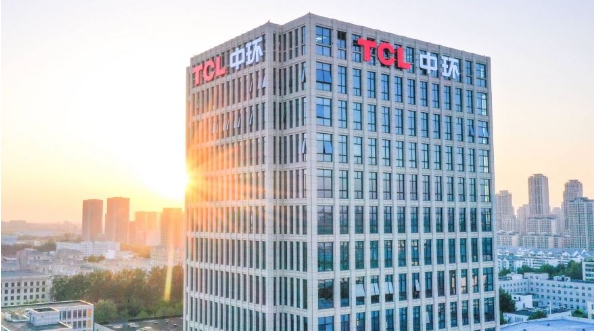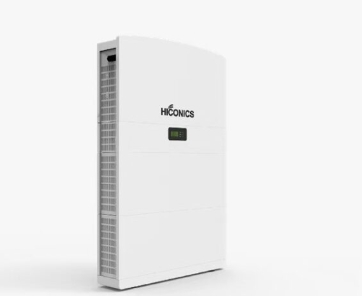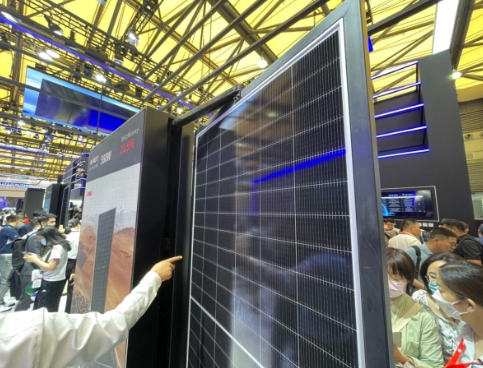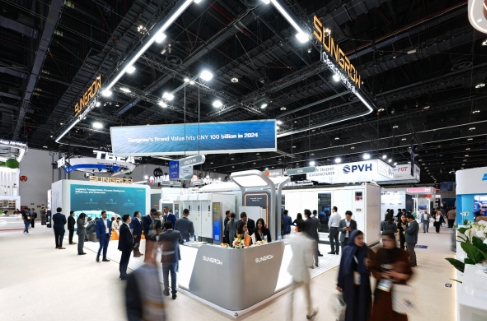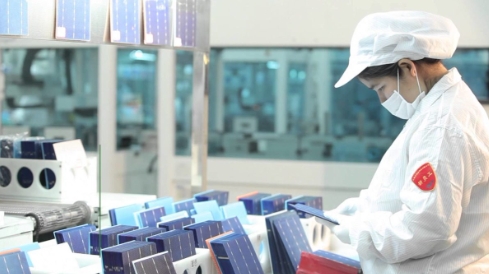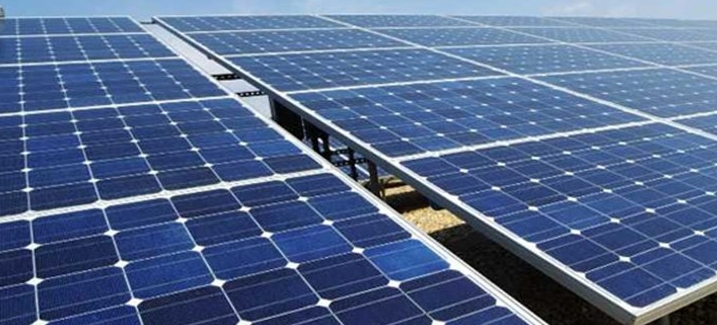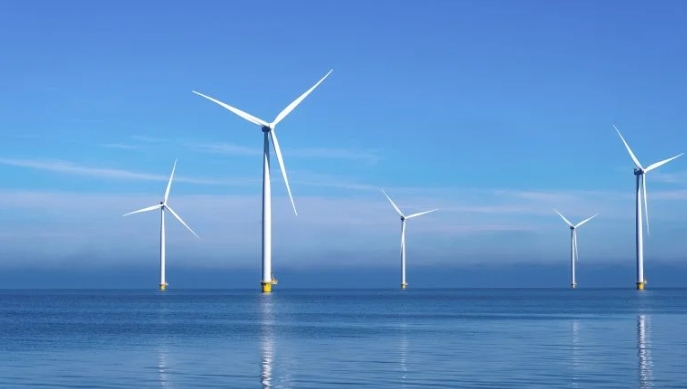
The Middle East and North Africa (MENA) could utilise its comparative advantage in the production of wind energy, according to the World Wind Energy Council.
With sufficient investment, up to 1.4TW of offshore wind can be made available in the region, the council said in its latest report.
“The significant potential of offshore wind energy indicates that there can, and should, be development in the Middle East,” the report said. “However, this largely depends on the investment environment, national regulations and permitting procedures, as well as the availability of a qualified workforce with experience in this industry.”
The offshore wind market in the region is still in its nascency due to the large investments required and the prioritisation of onshore wind, which is easier to develop.
“However, trends are shifting in the Middle East: Efforts to diversify energy sources, potential development of subsea interconnectors to Europe, and the potential of green energy/green product exports may encourage MENA countries to reconsider their original stance on offshore wind,” the report added.
According to GlobalData, Power Technology’s parent company, thermal power made up 89% of power generation capacity in the Middle East in 2023. However, this share will fall to 74% of capacity by 2035, representing a negative compound annual growth rate (CAGR) of 1.65% a year for that period.
Conversely, the share of renewables such as offshore wind is set to increase at a CAGR of 11.3% a year between 2023 and 2035. This forecast represents the region’s potential to shift to green energy with the right investments and regulatory frameworks.
The report specified that Egypt, Morocco, Oman and Saudi Arabia, in particular, could lead the world in the field of wind energy if they are willing to move away from reliance on oil and gas.
The Moroccan Government has been taking “serious steps” to expand offshore wind in the region, said the report. The European Investment Bank recently awarded the Moroccan Agency for Sustainable Energy a $2bn (€1.86bn) grant to conduct a feasibility study for offshore wind in Morocco.
Saudi Arabia is also looking to develop 106GW of offshore wind capacity along its eastern and western coasts. The country currently has only one onshore wind farm in operation at Dumat al Jandal but aims to generate half of its energy supply from renewable sources by 2040.
The clean energy provision is at the heart of the Saudi’s futuristic NEOM project. The project is defined by the Saudi Government as “a place that prioritises people and nature, creating a new model for sustainable living, working and prospering”.
However, there are doubts about the achievability of the Saudi’s plans. For instance, the Line city (part of the NEOM project), which was supposed to be 170km long, is only expected to reach a mile and a half by 2030 due to financial constraints.
